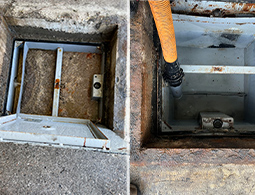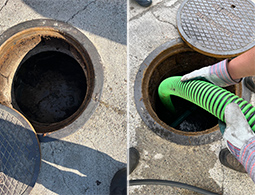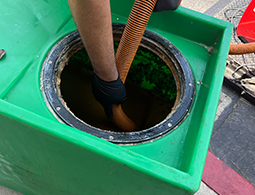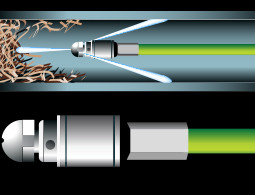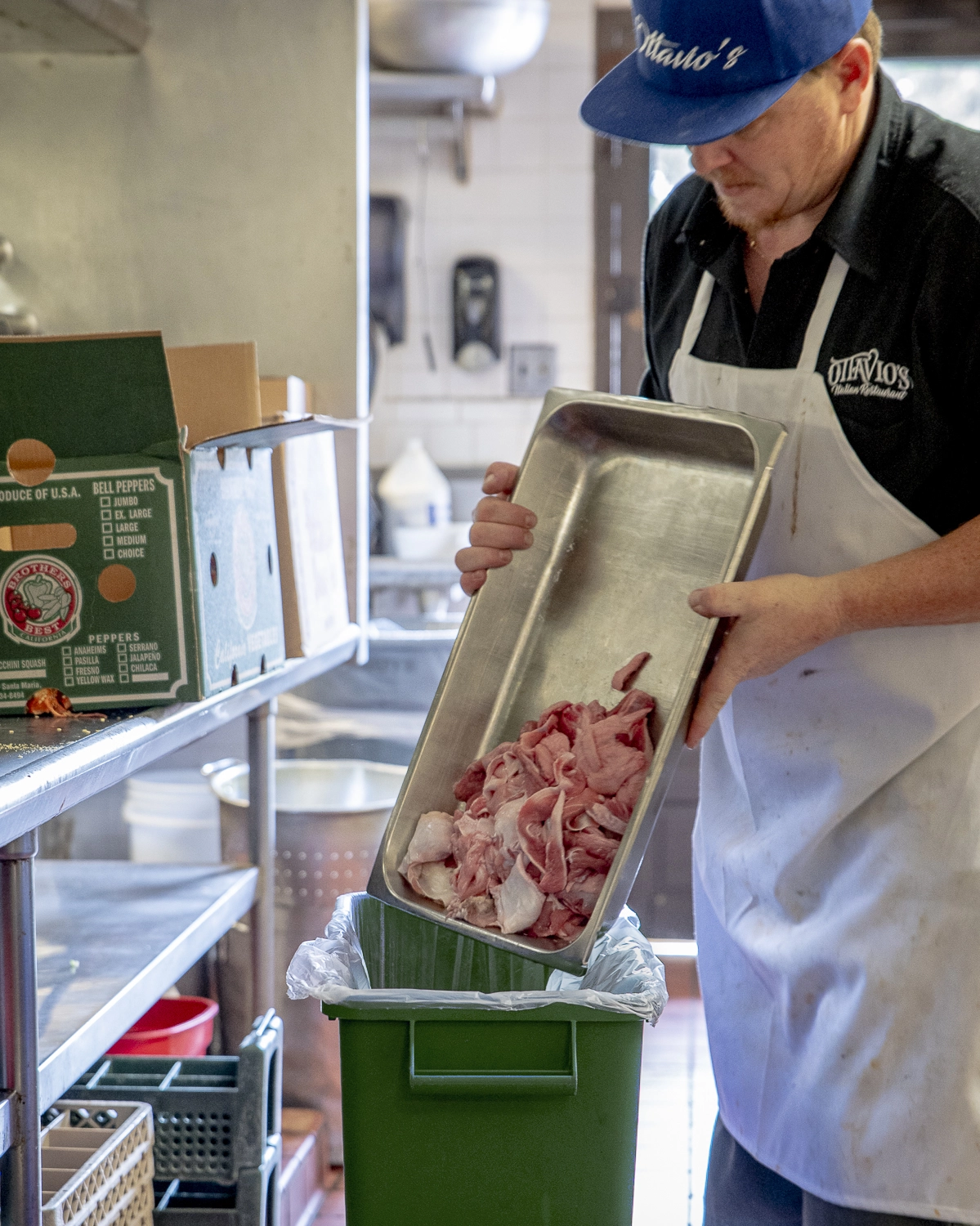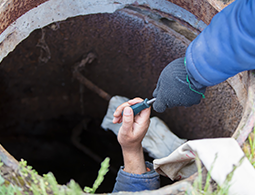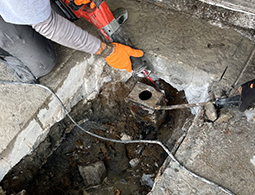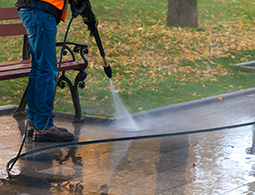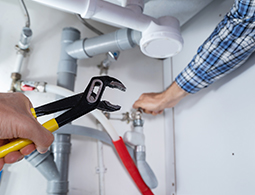
Orange County Commercial Grease Trap Cleaning
Expert Commercial Grease Trap Cleaning and Professional Grease Trap Service
A spotless, compliant, and hygienic commercial kitchen or restaurant environment requires top-notch Commercial Grease Trap Cleaning and Professional Grease Trap Service.
We’re here 24/7 for you
+75 Google reviews
Understanding Grease Traps for Commercial Kitchens and Restaurants
A grease trap is an indispensable plumbing device engineered to capture and collect fat, oil, and grease (FOG) from wastewater before it enters the municipal sewage system. Typically found in commercial kitchens, restaurants, and other food preparation facilities, these grease traps prevent FOG from obstructing pipes, causing troublesome blockages from food waste or solid waste and resulting in costly backups.
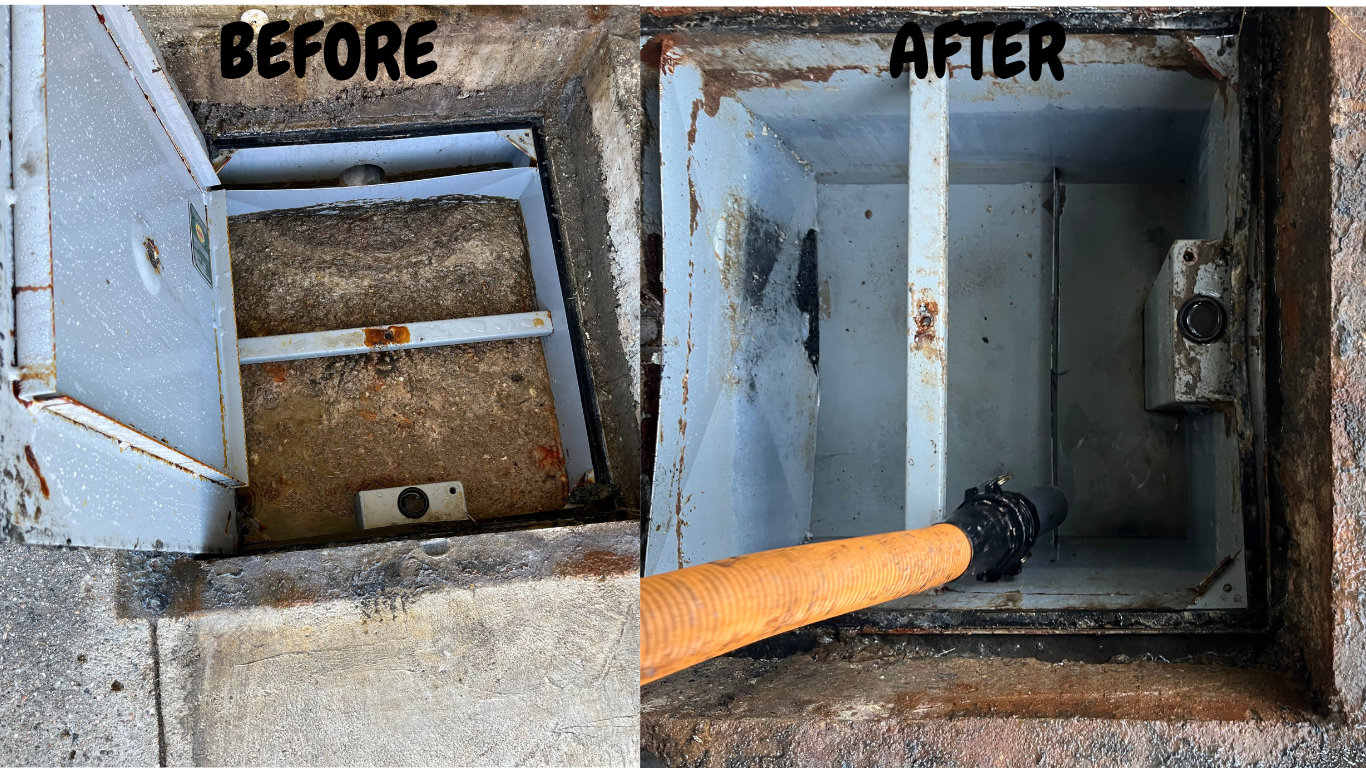
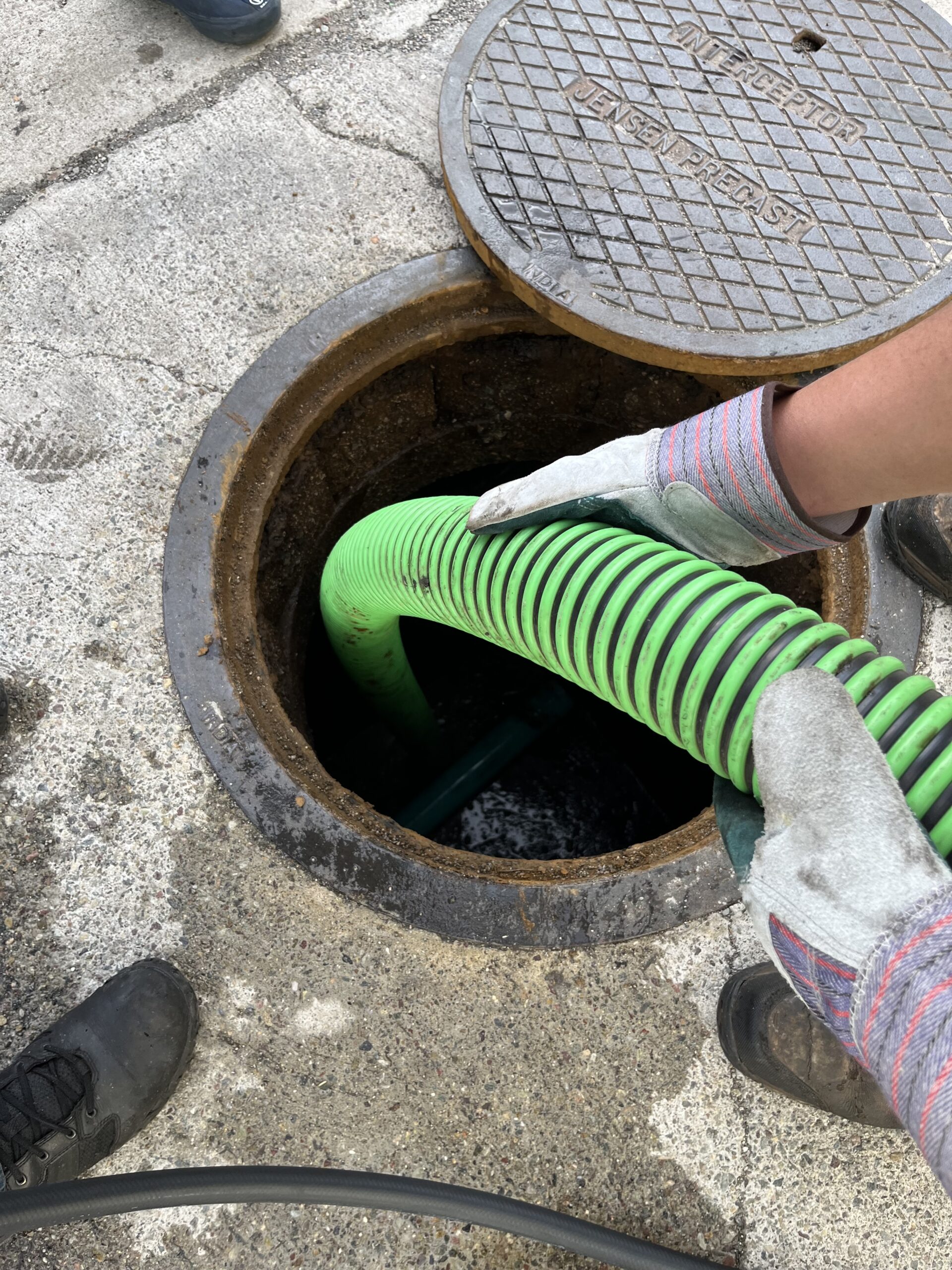
How Grease Traps Function
The operation of a grease trap is ingenious. It allows wastewater to pass through a series of baffles strategically designed to decelerate the water’s flow and effectively trap the FOG. Due to its lower density than water, the FOG naturally rises to the surface, while the denser solids settle at the bottom within a dedicated sludge tank. The water continues its course in the middle layer, eventually exiting the trap via a dedicated pipe connecting to the municipal drainage system.
These traps comprise two core components: the grease trap itself, complete with baffles, including primary and secondary ones, and the essential sludge tank. The system’s efficacy hinges on the principles of density and weight, allowing for the efficient separation of grease, water, and solids. Over time, grease traps come in various sizes and designs, demanding regular cleaning and maintenance attention to ensure optimal performance on a regular basis.
How to Clean a Grease Trap
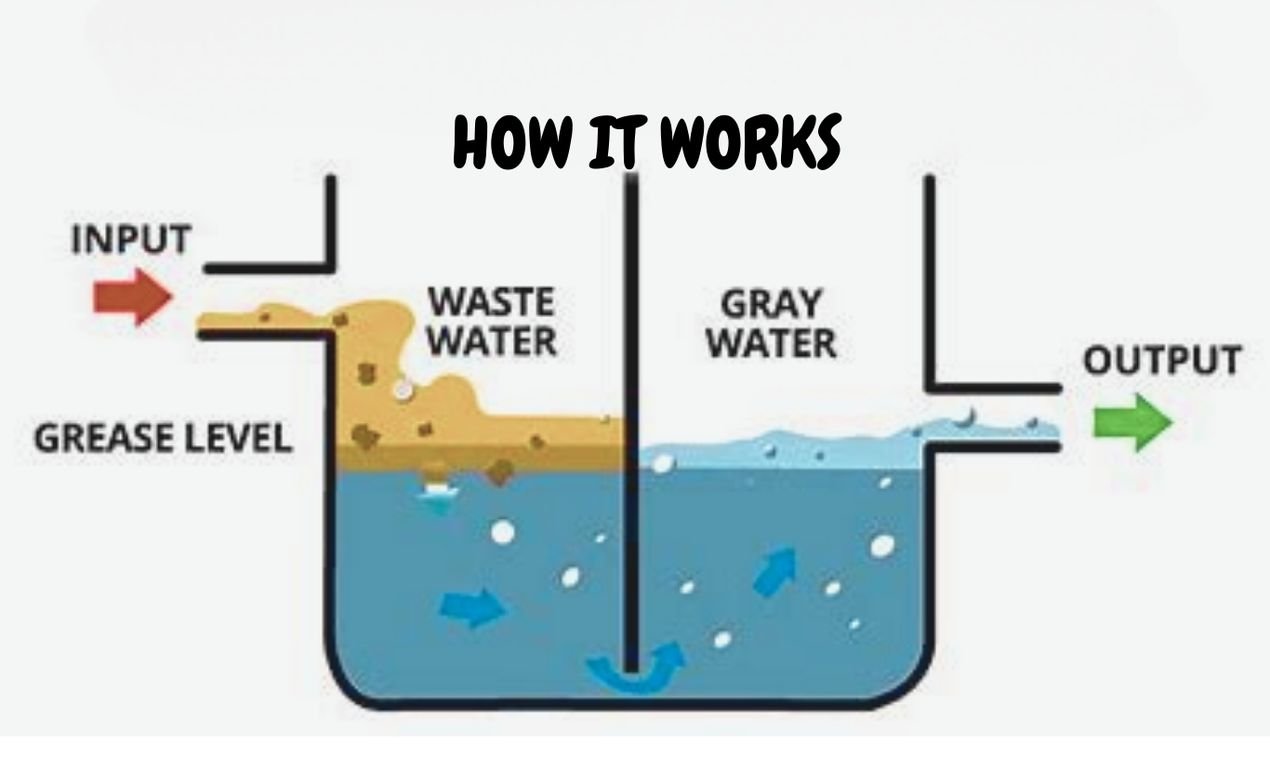
Effective cleaning is a must for the continued efficiency of a grease trap. These traps excel in smaller establishments where wastewater discharge is less voluminous and often situated conveniently under sinks. They serve the crucial function of capturing everything that enters the drain—water, oil, grease, and solid materials. Operating with two compartments, the first accumulates the material from the sink’s drainage. As this content cools, fats solidify and rise to the top, while solids settle at the bottom. A space between the compartments enables liquid to flow into the second compartment, capturing any additional grease that may have passed from the first compartment. Regular cleaning is imperative for the sustained effective operation of a grease trap.
Grease Trap Service Explained
A grease trap service entails comprehensive cleaning and meticulous and proper maintenance, ensuring the peak performance of a grease trap. Regular servicing is vital to stave off blockages, prevent backups, and eliminate foul odors from accumulated grease waste, food solids, waste water, food particles, and more. Professional grease trap cleaning services typically include removing accumulated FOG and debris, flushing the trap with clean water, and conducting thorough inspections for any signs of damage or wear and tear. The frequency of grease trap service varies based on factors such as the trap’s size, wastewater volume, and strict adherence to local regulations. In most instances, commercial kitchens and restaurants should schedule grease trap service and grease trap waste cleaning every three to six months.

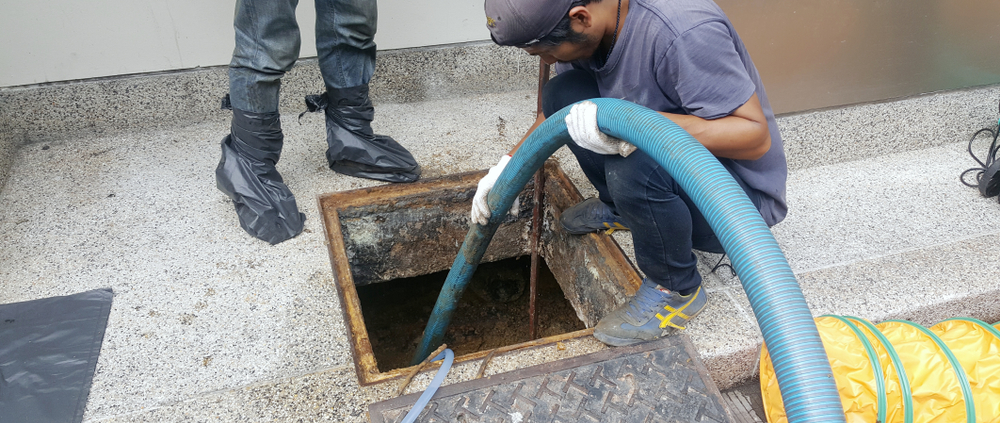

Proper Grease Disposal
Adequate disposal of grease and waste at food facilities and restaurants is paramount. Under no circumstances should grease, oil or waste be poured down the drain. Such actions directly introduce these substances into the municipal sewer system, posing a grave risk to the city’s infrastructure and potentially resulting in law violations. Instead, it’s imperative that every food facility and restaurant maintain a reliable grease trap to efficiently capture and contain FOG, effectively averting the complications of sewer overflow problems.
Restaurant Grease Trap and Grease Interceptor Cleaning
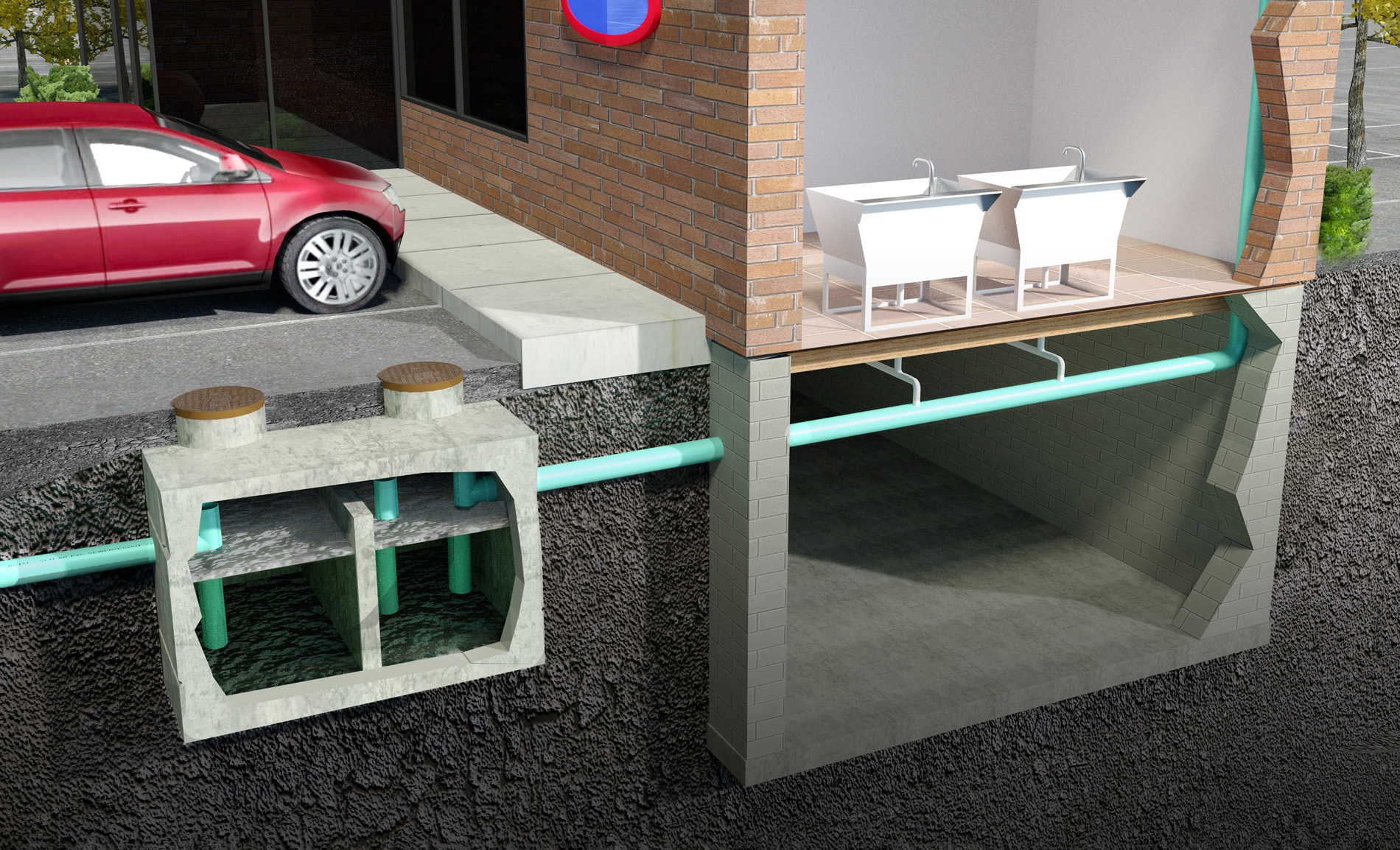
Effective cleaning is a must for the continued efficiency of a grease trap. These traps excel in smaller establishments where wastewater discharge is less voluminous and often situated conveniently under sinks. They serve the crucial function of capturing everything that enters the drain—water, oil, grease, and solid materials. Operating with two compartments, the first accumulates the material from the sink’s drainage. As this content cools, fats solidify and rise to the top, while solids settle at the bottom. A space between the compartments enables liquid to flow into the second compartment, capturing any additional grease that may have passed from the first compartment. Regular cleaning is imperative for the sustained effective operation of a grease trap.
The Benefits of Grease Trap Maintenance and Cleaning
Enhanced Hygiene: Consistent Grease Trap Service is your shield against the accumulation of FOG (Fats, Oils, and Grease) and other waste, upholding a pristine kitchen and reducing the risk of food contamination.
Savings on Expenses: Routine Grease Trap Cleaning and Service prevent clogs and backups, sparing you from costly repairs and prolonging your grease trap’s lifespan, reducing the need for expensive replacements.
Regulatory Compliance: Numerous local authorities mandate regular Grease Trap Service, safeguarding you against fines and penalties.
Effective Odor Control: FOG can generate unpleasant odors from the grease trap. Regular service efficiently eradicates these odors, fostering a more pleasant work atmosphere.
Optimized Wastewater Treatment: A well-maintained grease trap is indispensable for impeccable wastewater treatment and pollution prevention. Regular service guarantees your trap functions optimally, averting wastewater complications downstream.
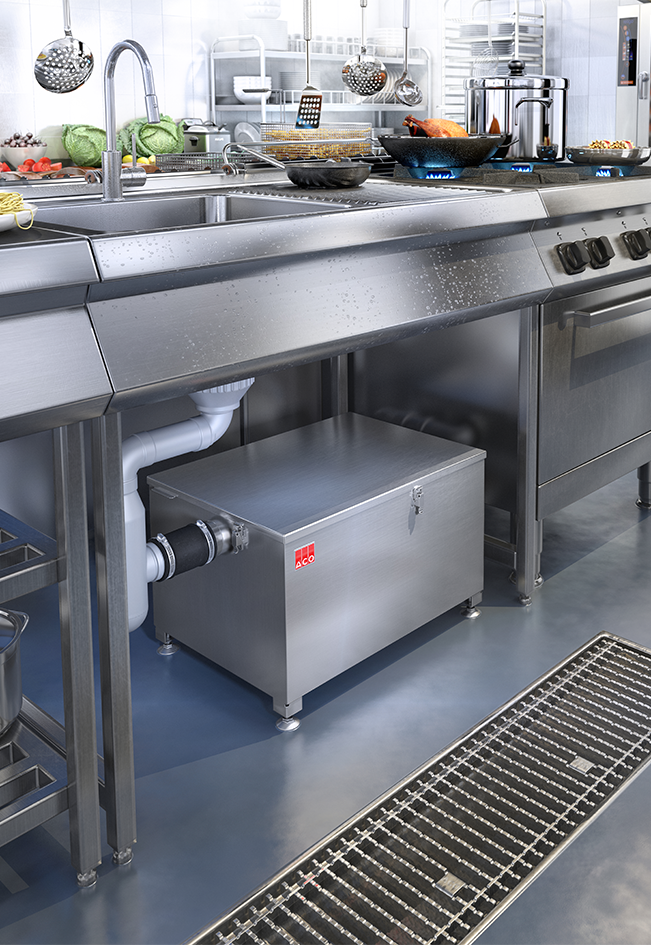
So, How Do You Clean a Grease Trap, and How Often Should You Schedule Grease Trap Cleaning?
For restaurant kitchens and food facilities, grease traps accumulate waste rapidly due to the daily disposal of fats and oils. It’s paramount to empty and clean them to stave off clogs. The frequency of Grease Trap Service depends on factors such as trap size, waste volume, and local regulations. Typically, it’s advisable to schedule Grease Trap Cleaning at least every three months, with some necessitating monthly service to align with local regulations and usage.
Vigilantly monitoring your grease trap is imperative. Signs signaling the necessity for Grease Trap Maintenance and Cleaning include sluggish sink drainage, unpleasant odors, and observable grease buildup. Refer to local regulations for precise requirements.
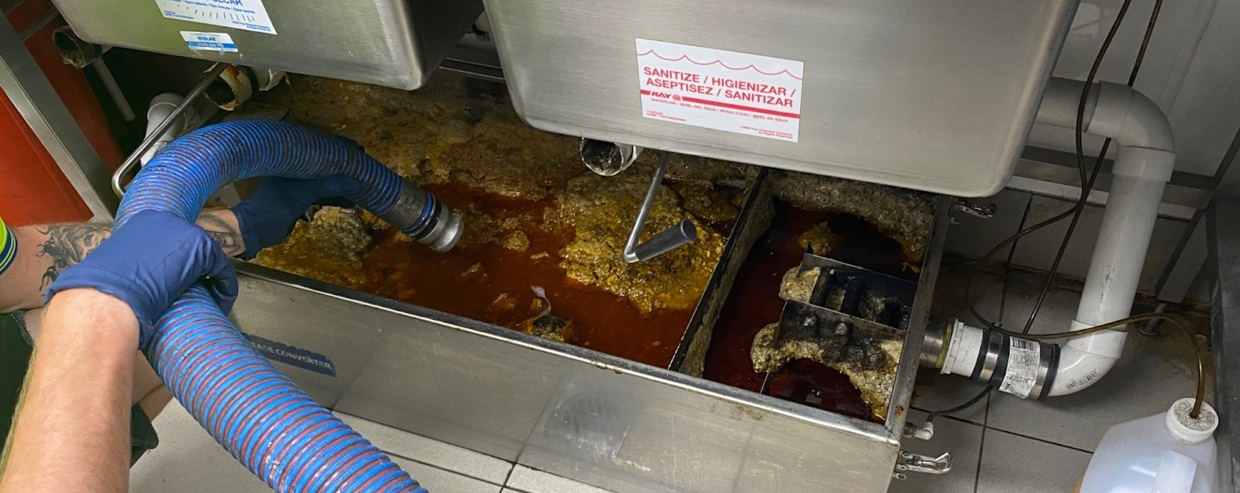
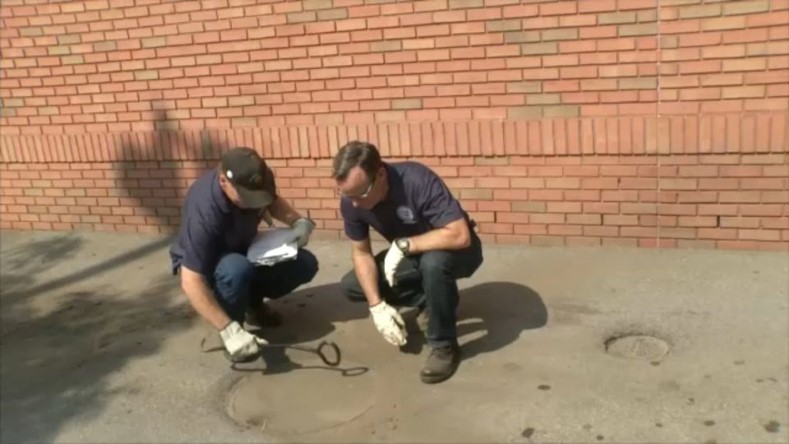
Who oversees Grease Trap Checks?
City inspectors and restaurant managers conduct inspections on grease traps at food establishments. Failure to maintain a clean grease trap could result in fines, so contemplate engaging professional cleaning services like Royal Pumping and Jetting.
Is Grease Trap Service Safe?
Yes, when executed by certified professionals, Grease Trap Service is entirely secure. Accredited providers adhere to stringent safety protocols, don protective gear, and utilize specialized equipment to securely manage and dispose of waste materials. Maintaining your trap between service appointments is also pivotal for safety.
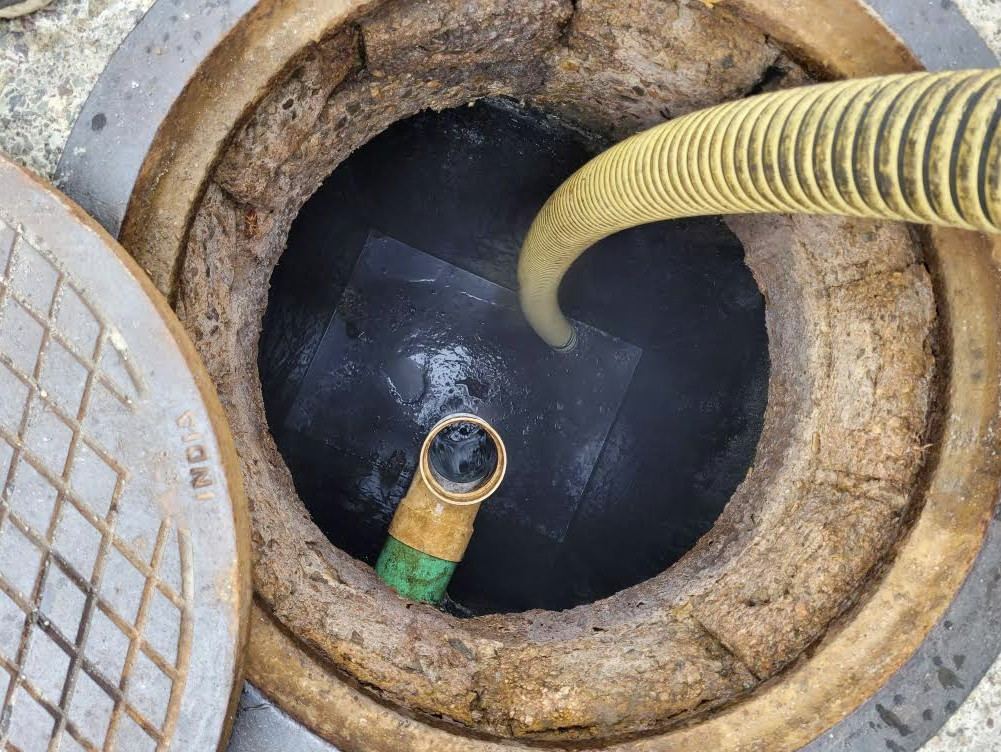
Wide range of service offerings for clients
A grease trap is a plumbing device that is created to capture and divide grease, oil, and other firm materials from wastewater to prevent it from entering the sewer system.
A grease interceptor trap is a plumbing device specially designed to capture and split grease, oil, and grease (FOG) from wastewater generated in commercial kitchens and food service establishments.
Used Cooking Oil Disposal refers to the process of safe and responsible disposal of used cooking oil created in commercial kitchens and food service establishments.
The hydrojet is a method of cleaning and unclogging pipes that uses high-pressure water. With specialized equipment that shoots water through a nozzle into the pipes, removing clogs, debris, and buildup along the pipe walls.
Efficiently managing the disposal of inedible food through eco-friendly recycling and destruction processes to minimize waste and environmental impact.
Grease trap fixing refers to the process of fixing or restoring a malfunctioning grease trap system. Repair or Replace: If there are damaged or malfunctioning parts in the grease trap, they will be repaired or replaced.
Grease interceptor trap repair is vital to efficient wastewater management, preventing clogs or clogs in the plumbing system, and complying with environmental regulations. This involves repairing or restoring a grease interceptor trap system that not working properly
High-pressure washing is a surface cleaning method that uses a powerful, high-pressure water jet. It involves the use of specialized equipment that generates pressure to effectively remove dirt, grime, mold, and other contaminants from various surfaces.
Full-service plumbing is a wide range of services provided to address various plumbing needs. This service is essential to maintaining a healthy and efficient plumbing system, ensuring proper flow, preventing water damage, and promoting overall health and stability
Frequently Asked Questions
It’s a plumbing device that intercepts and gathers FOG from wastewater before entering the sewer system.
To prevent FOG from obstructing sewers, causing pollution, and generating foul odors.
Typically, every 1-3 months, contingent on size and usage.
Clogs, plumbing damage, costly repairs, and fines can ensue.
It’s unadvised; enlist professionals for a safe and thorough Grease Trap Cleaning.
Routine inspections and the absence of odors or backups attest to proper functioning.
Always collect and dispose of cooking oil correctly to prevent overloading the trap.
We’re Ready To Help You!
Get a Quote
How does it work?
- Fill out the form and get a quote.
- You´ll receive a quote within 16 hours
- We do the job. You pay later.

